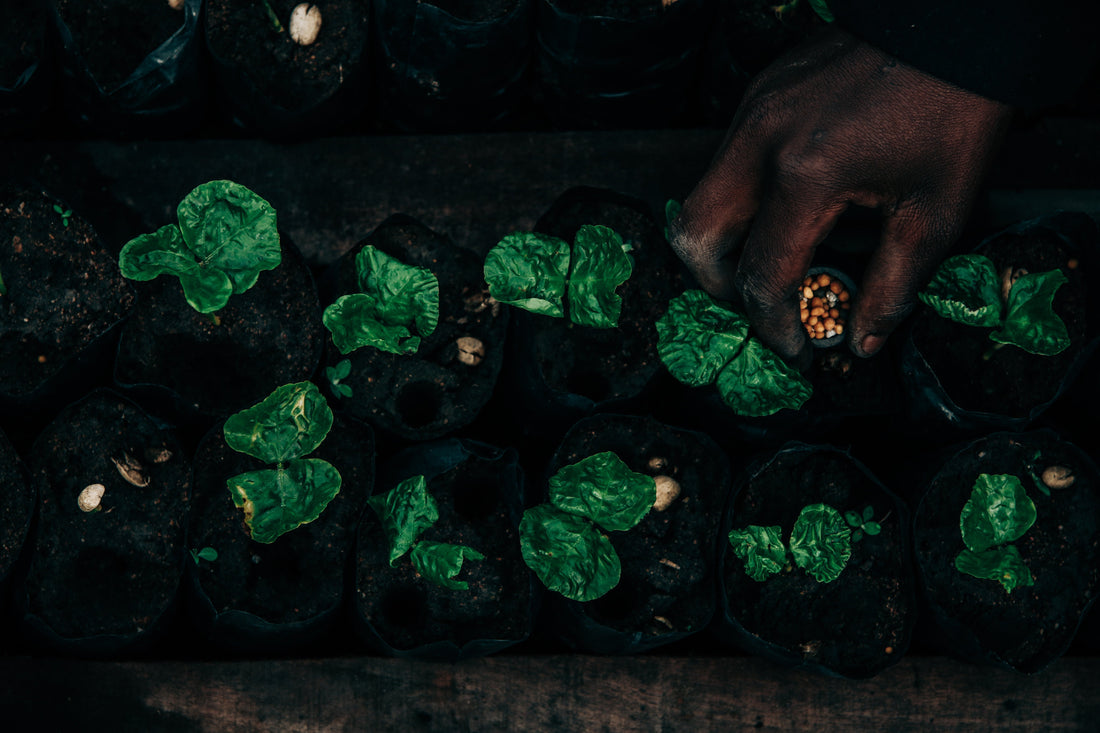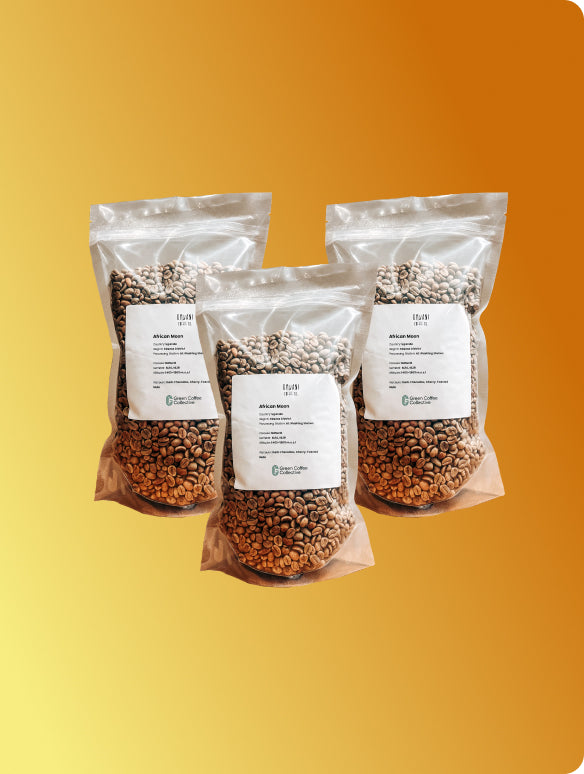Why coffee needs new genetics
Coffee’s gene pool is worryingly narrow. Studies suggest that almost all Coffea arabica plants today trace back to a single ancestor that evolved around 10–20,000 years ago. This lack of diversity means the crop is extremely vulnerable - a single disease or climatic shock can wipe out production across entire regions.
Most farmers still save their own seeds to replant, a system that worked for decades but now struggles to withstand rising temperatures, erratic rainfall, and new pest pressures. Replanting the same genetics only repeats the same vulnerabilities. To stay profitable and resilient, farmers increasingly need plants with more adaptability built in. That’s where F1 hybrids come in.
What F1 hybrids are - and why they matter
An F1 hybrid is the first generation of a cross between two genetically distinct parents. These plants combine the best traits of both lines and exhibit what’s known as hybrid vigour (heterosis) - faster growth, higher yields, and greater resilience to environmental stress.
F1 hybrids can outperform conventional varieties in nearly every way. They produce more cherry, show improved tolerance to diseases like leaf rust, and remain adaptable across diverse growing conditions. Crucially, they also maintain high cup quality - even scoring over 90 points in cupping evaluations.
Earlier breeding programmes often came with trade-offs: rust resistance at the cost of flavour, or high yield at the cost of quality. F1 hybrids are designed to eliminate those compromises - to deliver both productivity and quality in a single plant.
The challenge: why hybrids are still rare
The science is promising, but F1 hybrids are expensive and difficult to mass-produce.
Traditionally, F1 coffee hybrids have only been reproduced through clonal propagation in labs, a slow and costly process. Fewer than a dozen labs in the world produce F1 coffee plants commercially, each making under one million seedlings a year - far below demand. These lab-grown hybrids can cost double the price of a conventional seedling, limiting access mainly to large farms or cooperatives.
Farmers also can’t save seed from an F1 plant. If they do, the next generation (F2) splits into unpredictable traits - tall and short, weak and strong, rust-resistant and rust-susceptible - losing the consistent performance of the F1. For now, farmers must buy true F1 plants from trusted nurseries.
A breakthrough: Starmaya
In 2001, researchers from CIRAD and ECOM found a rare male-sterile Arabica plant in the CATIE germplasm bank in Costa Rica. By crossing this plant with Marsellesa - a rust-resistant Sarchimor variety - they created Starmaya, the first Arabica F1 hybrid that can be reproduced by seed.
The key innovation lies in the male sterility. Because the mother plant produces no pollen, all the cherries it bears must be true hybrids fertilised by the pollen donor. This allows natural pollination in seed gardens, rather than costly lab propagation.
Starmaya combines the resilience and yield of Marsellesa with the quality potential of Ethiopian/Sudanese genetics. Field trials in Nicaragua found that Starmaya produced 30–47% more coffee than conventional varieties, with a high degree of uniformity and consistently strong cup scores.
A single hectare of Starmaya seed garden can generate enough seed for over 200 hectares of coffee, compared to just 15 hectares’ worth from a clonal propagation lab. The cost of seed production is also dramatically lower. It’s a scalable, affordable model that could finally bring F1 hybrids within reach for smallholders.
Beyond Starmaya: a new generation of hybrids
Starmaya is only the beginning. Other F1 hybrids, like Centroamericano (a cross of Sarchimor T5296 × Rume Sudan), already show huge potential. Released in 2001, it now covers around 1,000 hectares in Central America. In breeding trials, Centroamericano showed 22–47% higher yields than its parents and cupping scores of 75–87, often surpassing the regional standard, Caturra.
Both Starmaya and Centroamericano demonstrate what F1s can achieve: disease resistance, high yield, and strong sensory performance in the same plant - something previously thought impossible.
Why this matters for the future of coffee
World Coffee Research is now incorporating F1 hybrids into its Global Coffee Monitoring Platform and the International Multilocation Variety Trial, the largest coffee seed exchange in the world. The goal is to identify which F1s perform best in different environments - and to make those genetics accessible across producing regions.
Researchers are also working to understand and control male sterility, which could allow breeders to “switch on” sterility in almost any Arabica variety. This would open the entire known universe of Arabica genetics for F1 hybrid development - unlocking a new wave of resilient, high-quality plants.
The parallels with maize are striking. When maize hybrids were first introduced in the 1930s, yields in the United States eventually increased six-fold - roughly half that gain came purely from genetic progress. F1 hybrids could play a similar role in coffee, helping farmers adapt to new climates and maintain quality without sacrificing productivity.
The bottom line
F1 hybrids are not a cure-all. They’re more expensive and require access to good nurseries, but they offer something traditional varieties no longer can - a path forward in a changing climate.
These hybrids could “revolutionise the coffee industry through genetic progress, the way maize hybrids did in the last century”. The innovation of seed-propagated F1s like Starmaya makes that possibility real.

